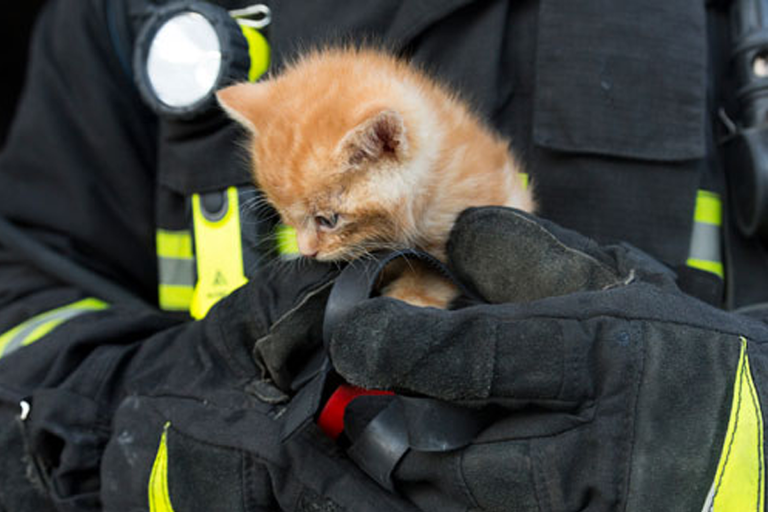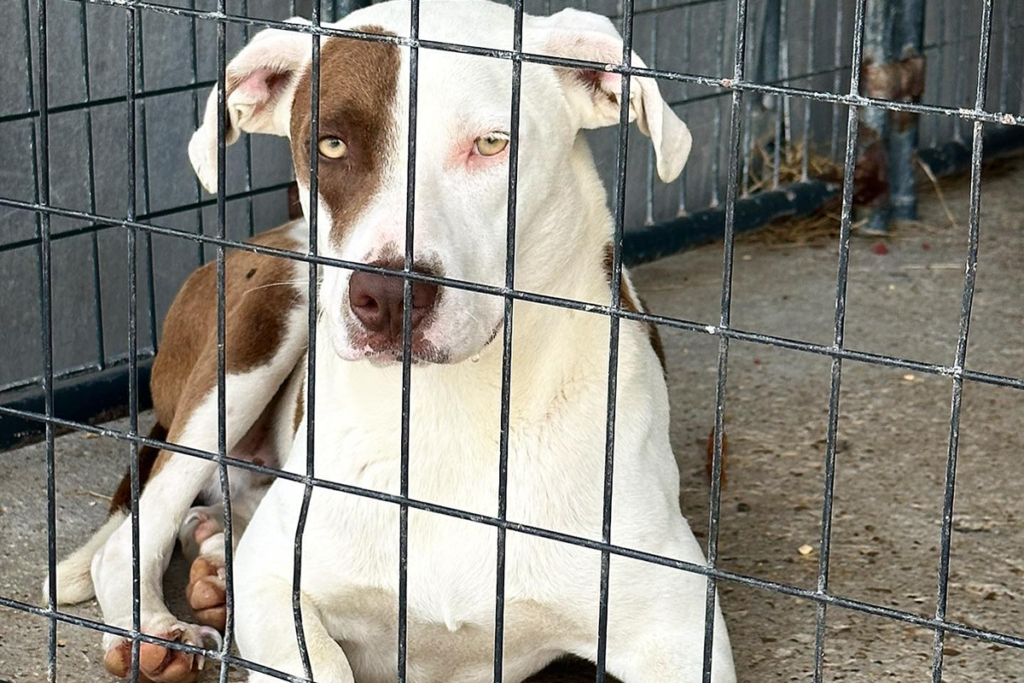Sure, it all worked out in the end and a heartfelt lesson was learned, but Dorothy and Toto had more than a few close calls that day…and all because Dorothy and Toto didn’t make it to the cellar in time and found themselves directly in the eye of a deadly twister. While that made for great cinematic effect (maybe the greatest given its time), it’s not an uncommon occurrence today.
Storm season officially occurs from June 1 through November 30 each year, but that only covers hurricanes and tropical events, of which the U.S. experienced three in 2022. There were 18 weather/climate disaster events throughout the year, with losses exceeding $1 billion each that affected the U.S., including a drought, a flood, 11 severe storms, three tropical events, one wildfire, and one winter storm. The 1980–2022 annual average is 7.9 events, while the annual average for the most recent 5 years, 2018–2022, is 17.8 events. Nearly 500 people lost their lives during these disasters last year, and tragically, humans weren’t the only victims. It is difficult to know the exact numbers, but the lack of preparation for Katrina appears to have resulted in the stranding of between 100,000 and 250,000 pets and the deaths of between 70,000 and 150,000.
A 2021 ASPCA survey revealed that 83% of pet owners reported living in communities vulnerable to natural disasters.
A lack of emergency resources and co-sheltering options can force families to face an agonizing decision: shelter in place to stay with their animals or evacuate without them. In many situations, owners chose to stay with their pets and ride out storms in their homes. A choice that often proves deadly.
Given the unpredictability of our weather in recent years, it’s imperative to have an emergency evacuation plan in place for yourself and your pets, and these quiet winter months are the perfect time. Even if you try to create a safe place for them, pets left behind during a disaster are likely to be injured, lost, or worse. Be prepared, make a plan and prepare a disaster kit for your pet. Countless times people have been told they need to leave their homes for a “short time,” only to find they’re unable to return for days or weeks. Even gas leaks and minor flooding can keep you from your home and animals for an extended period. It’s best to be overly cautious when a weather advisory or warning has been issued. Preparing ahead of time and acting quickly are the best ways to keep your family and pets out of danger.
It sounds overwhelming, I know…so, here are a few tips and checklists to get you started. First, familiarize yourself with the types of disasters that could affect your area and consider your options for providing care for your pet(s).
PREPARING A DISASTER PLAN
- Make a note to talk to your veterinarian about disaster planning at your next appointment. You may also want to have a signed veterinary medical treatment authorization with your evacuation kit — this will aid your veterinarian in providing care if your animal must be treated during an emergency.
- Make sure your pet(s) wear collars and tags with up-to-date contact information and other identification.
- Microchip your pet(s) – this is one of the best ways to ensure that you and your pet are reunited if you’re separated. Always be sure to register the microchip with the manufacturer and keep your contact information up to date with the microchip company.
- Keep a leash and/or carrier near an exit in your home.
- Make sure you have proper equipment for pets to ride in the car (carriers, harnesses, pet seatbelts).
- Prepare a Pet Disaster Kit so evacuation will go smoothly for your entire family. Don’t know what to pack? Kits should include the following:
- A pet carrier for each of your pets (write your pet’s name, your name, and contact information on each carrier).
- Food and water for at least 2 weeks for each pet.
- Cat carriers should be large enough to hold a small litter pan and two small dishes and still allow your cat enough room to lie down comfortably or stand to use the litter pan.
- Dog kennels or collapsible cages should be large enough to hold two no-spill bowls and still allow your dog enough room to stand and turn around.
- Medications for at least 2 weeks
- Ask your veterinarian for help in putting together copies of your pet’s veterinary records.
- Sturdy leashes or harnesses
- Microchip number
- Your contact information (cell phone, work phone, home phone) and that of close relatives or friends.
- Make copies of registration information, adoption papers, proof of purchase, and microchip information and store them in the evacuation kit.

IT’S TIME TO GO
- Plan where you and your pet will stay in case you need to evacuate your home. Pets may not be allowed in local shelters unless they’re service animals.
- Identify shelters, out-of-town friends or relatives where your pets and other animals might stay.
- Locate boarding facilities or animal hospitals near your evacuation shelter in the event you are unable to return home right away. It’s important to do your research now, so here are some numbers and websites with information on pet friendly accommodations:
- bringfido.com or call 877-411-FIDO
- dogfriendly.com or call 888-281-5170
- pet-friendly-hotels.net or call 866-966-3046
- petswelcome.com
- tripswithpets.com
- If you live in an apartment, make sure your animals are on record with management and they are able to be evacuated using the stairs.
- Create a buddy system in case you’re not home during an emergency. Ask a trusted neighbor who can check on your pets and can evacuate them if necessary.
- Keep written directions to your home near your telephone. This will help you and others explain to emergency responders exactly how to get to your home.
- Identify alternate sources of food and water.
- Keep a list of the species, number and locations of your animals near your evacuation supplies and note the animals’ favorite hiding spots. This will save precious rescue time.
WHEN HUNKERING DOWN IS THE ONLY OPTION
At times, weather events are unpredictable and occur without warning. In these instances, sheltering in place may be the best option. In which case, just remember, what is good for you is good for your pet.
- Select a safe room, preferably an interior room with no (or few) windows.
- Remove any toxic chemicals or plants.
- Close off small areas where frightened cats could get stuck (such as vents or beneath heavy furniture).
- Diseases can spread between pets and people during a natural disaster. Exposure to bad weather conditions, stagnant water, wildlife or unfamiliar animals, and overcrowding in shelters can put your pet at risk for getting sick. Some of these illnesses can be spread between pets and people (also known as zoonotic diseases). Some common disaster-related diseases that pets can pass to people are the following: rabies, leptospirosis, and diseases spread by mosquitoes, fleas, and ticks.
- Wash your hands after handling your pet, its food, or its waste
- Keep your pet up to date on all vaccinations and heartworm, flea, and tick preventives.
- Do not allow your pet to interact with other animals, especially wildlife and strays.
- Report any bite wounds to medical personnel immediately.
- Properly clean and disinfect cages and litterboxes and wash your pet’s bedding regularly.
THE AFTERMATH & RETURNING HOME
After an emergency, familiar scents and landmarks may have changed. Pets can become confused and lost, so it’s important to keep pets on leash or in a carrier when they’re being transported or when you go outside. Some hazards for pets and people include snakes and other wildlife, especially after flooding, and downed power lines.
- Check your home for sharp objects, spilled chemicals, and exposed wiring to protect your family and your pets from injury.
- The behavior of animals may change dramatically after a flood, flash flood, thunderstorm, or hurricane. Normally quiet and friendly animals may become irritable.
- Monitor animals closely and only release them in a safe and secure environment.
- Contact a veterinarian if you notice any signs of stress, discomfort, or illness in your pets.
YOU’RE NOT ON YOUR OWN!
On October 17, 2022, the PAW Act (Planning for Animal Wellness Act) was passed, which sets the groundwork for collaborative relationships between government agencies and other experts to incorporate pets into disaster planning—including preparedness, response and recovery efforts. This act directs the Federal Emergency Management Agency (FEMA) to establish a working group relating to best practices and federal guidance for animals in emergencies and disasters.
Specifically, the working group shall encourage and foster collaborative efforts among individuals and entities working to address the needs of household pets, service and assistance animals, and captive animals in emergency and disaster preparedness, response, and recovery, as well as review best practices and federal guidance on sheltering and evacuation planning relating to the needs of such pets and animals.
They may not be a charming scarecrow, beloved man made of tin, or a bashful lion, but I can guarantee there are heroes in your community who are more than willing to help you and your pets should the need arise. As Dorothy said, “…you needn’t look any further than your own backyard.”
If you do your part, they’ll do theirs, and hopefully it will be a happy ending for all.
Facts and statistics included in this article were collected from the ASPCA, CDC, and American Veterinary Medical Association (AVMA)












